Our skin does a great job every day because it effectively protects us from heat, cold and UV radiation and regenerates itself when we injure ourselves. But in some cases, our largest organ also suffers irreparable damage. This is how skin diseases occur that accompany us throughout our lives.
But what are chronic skin diseases, how do you recognize them and which chronic inflammatory skin diseases occur most frequently? And how are these treated? This article provides answers!

What is a chronic skin disease?
Skin diseases, also known as dermatoses , refer to diseases of the skin, nails or hair as well as the sebaceous and sweat glands. They arise, for example, from hormonal changes, autoimmune diseases or external stimuli such as medications and heat. The epidermis as well as the dermis and the subcutis, i.e. all three layers of skin, can be affected.
Chronic dermatoses are among the most common skin diseases worldwide. They are accompanied by an inflammatory process that puts long-term strain on the patient. These include, for example, allergies, acne and neurodermatitis.
In order to treat the patient and keep them symptom-free in the long term, dermatologists focus on a comprehensive anamnesis . To do this, they investigate the causes.
Which aspects can influence the course of the disease?
During the patient consultation, doctors ask for the following background information:
-
What genetic conditions exist?
-
What environmental influences could have triggered the disease?
-
How does the patient eat?
-
How high is the patient's stress level?
The patient's answers serve as a basis for the doctor to subsequently treat the skin disease. He creates a therapy plan and makes valuable recommendations such as: B. Neurodermatitis tips . Medication or care products are used to accompany the therapy. Order now!
How do you recognize a skin disease?
In many cases, skin diseases only become apparent when the person affected comes into contact with external influences such as stress, infections or allergens . As a result, rashes (spotty skin changes) often form.
These can be blisters, pustules, redness, wheals, nodules or papules , but also individual or related skin changes. Burning or itching can also indicate a skin disease. Furthermore, a skin disease can be accompanied by flaky skin , which is associated with scarring due to bark and crusts.
Common chronic skin diseases
Psoriasis (psoriasis)
Itchy, flaky skin and progression in episodes: Psoriasis is a chronic, inflammatory skin disease that is not contagious. The disease often manifests itself as irritated areas of skin on the elbows, palms of hands and feet, knees and rump.
In a few cases the face, nails and scalp are affected. The skin disease can also attack the joints ( psoriatic arthritis ).
Adolescents and young adults usually suffer from type 1 psoriasis, while adults suffer from type 2 psoriasis. The chronic disease progresses in episodes and is not curable .
However, the disease can be effectively treated with light therapy as well as creams and ointments . In addition, beauticians can be consulted to give Dead Sea salt cosmetic tips .
The causes of psoriasis are still unclear. It is currently suspected that a combination of a hereditary predisposition and incorrect regulation of the immune system promotes acute attacks in both psoriasis and neurodermatitis.
Neurodermatitis (atopic eczema)
Anyone who cares for a child with neurodermatitis feels helpless when the person in need of protection writhes in pain and itching and can hardly sleep through the night. The quality of life of those affected with neurodermatitis is significantly reduced by the disease.
Atopic eczema occurs particularly in families with hereditary allergies. There can also be a genetic predisposition to eczema that is caused by external influences such as stress, vaccinations, infections or food .
There is a 20 to 40 percent risk for children of developing neurodermatitis if one parent is affected. If both parents are sick, the risk for the child is up to 80 percent. Smoking during pregnancy also increases the risk of neurodermatitis.
Those affected should make sure to purchase care products without additives. Order skin-friendly products now!
Reverse acne
Inflamed sebaceous glands, painful pimples and persistent blackheads: 70 to 80 percent of young people suffer from acne due to their hormonal changes during puberty. But the skin disease can also occur in adulthood. In addition to the face, the back and neck, the armpits or the intimate area can be affected.
Acne inversa mainly affects the armpits and intimate areas. Women are affected more often than men. Researchers suspect that a disturbed immune system can lead to an attack. But hormonal changes and hereditary predispositions could also play a role.
Anyone who suffers from acne inversa can feel lumps and thickenings with pus (abscesses). Fistulas (connections from the skin to other organs) are also possible. Since acne inversa often causes scarring, those affected suffer not only from the symptoms for years, but also from the visual consequences.
At the same time, the chronic skin disease can trigger skin tumors and blood poisoning . Treatment usually takes place with medication. But surgical interventions are also possible.
The following stages of the skin disease are known:
-
Stage I: Abscesses form.
-
Stage II: Multiple abscesses are widely spaced. Fistula ducts and scars form.
-
Stage III: The abscesses develop over a large area. Further fistulas and scars form.
In many cases, treatment is carried out with antiseptic preparations , such as ointments, and antibiotics. Severe diseases can be treated with the tumor necrosis factor inhibitor adalimumab . The TNF inhibitor is an antibody that is produced using biotechnology. It is supposed to stop the inflammatory processes in the immune system.
The administration of antiandrogens to women can also have an effect. The active ingredient inhibits the male sex hormones in the female body. Doctors rarely give cortisone or acitretin.
Chronic urticaria (hives)
Urticaria, also known as hives, can also be chronic. The skin disease manifests itself as burning and itching wheals on the skin. The skin irritation can be visually compared to a skin reaction to nettles.
Cooling ointments and anti-histamines should relieve the symptoms. As soon as the illness lasts longer than 6 weeks , it is no longer referred to as acute urticaria, because in this case the illness has long been chronic.
Collagen diseases (inflammatory connective tissue diseases)
Connective tissue diseases are called collagen diseases . They are inflammatory and are probably caused by autoimmune diseases. In many cases even autoantibodies can be detected. Changes in the connective tissue and vessels occur. In addition, it is not just the skin that can be affected: the disease actually attacks the internal organs. The doctor usually prescribes cortisone and immunosuppressants.
Lichen planus
Do you notice bluish-red papules on your skin that itch? Then you may be affected by ringworm. The disease is probably triggered by contact allergic reactions. But autoimmune reactions caused by a virus can also possibly lead to ringworm.
Ointments and gels relieve symptoms. A special mouthwash is used if there is nodules in the mouth.
Rosacea
Anyone who suffers from the skin disease rosacea complains of painful blisters on their face. In addition, the skin is very red. Depending on the stage, the course of the disease can vary. For example , pustules can form. But vascular changes and new tissue formation cannot be ruled out.
People aged 40 and over are particularly affected. According to current research, the causes of chronic inflammatory skin disease include immunity from birth, improper colonization of the skin or inflammation of the vessels.
But sunbathing, going to the solarium, hot baths and showers, nicotine, alcohol, stress, harmful cosmetics or washing lotions with a pH value above 7 can also promote the disease.
Ophthalmic rosacea is a special form of rosacea. It can cause vision problems because the disease affects the eyes.
The redness of the skin (erythema) on the nose, cheeks, forehead and chin can be treated with creams, ointments or lotions. Patients are advised to avoid heat, UV radiation, alcohol and spicy food in the future.
Surgical interventions may also be necessary. The flare-ups can also be reduced by using high-quality cosmetics . Order now!
Allergies and intolerances
A runny nose, watery eyes and a constant urge to sneeze: With an allergy, the body reacts to normally harmless stimuli such as house dust mites, pollen, lactose or animal hair.
The body incorrectly classifies these substances as dangerous and fights them by forming antibodies (sensitization). When it comes to allergies, doctors differentiate between different types of allergies and carry out skin and blood tests to determine the allergy.
Many allergies are work-related. Contact allergic reactions occur most frequently. This applies, for example, to hairdressers who work with chemical agents. But cumulative-toxic eczema is also considered an occupational allergy. The professional association usually covers the costs of the treatment. The basis is a dermatological report.
If you have a food intolerance, your intestines react sensitively to certain foods. Flatulence, abdominal pain and diarrhea are possible.
Need for action in chronic inflammatory dermatoses
Chronic inflammatory skin diseases require detailed research into the causes and individual treatment. Nowadays, those affected can treat their symptoms with systematic preparations . For example, psychologically stressful scarring can be prevented. Order skin care creams now!
For serious illnesses, doctors usually initiate systemic therapy . This includes, among other things, a change in lifestyle and constant medical observation of the course of the disease.

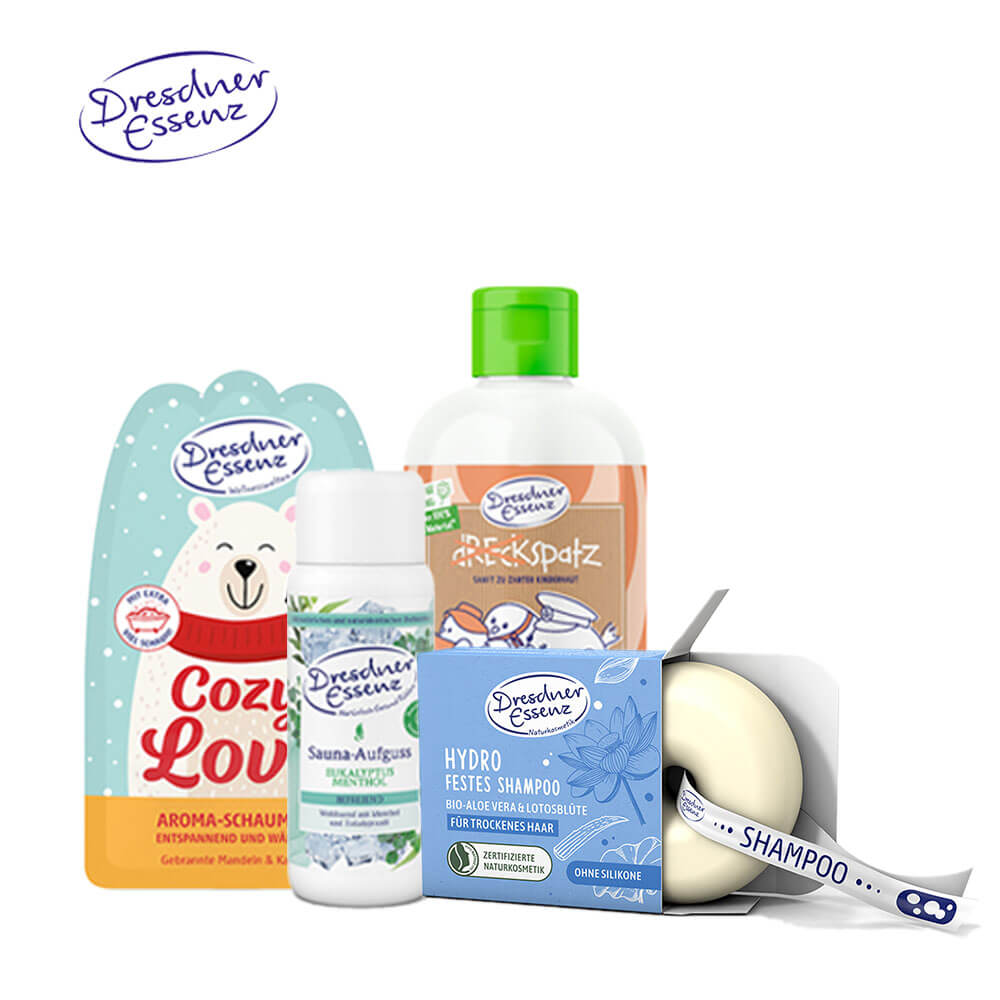
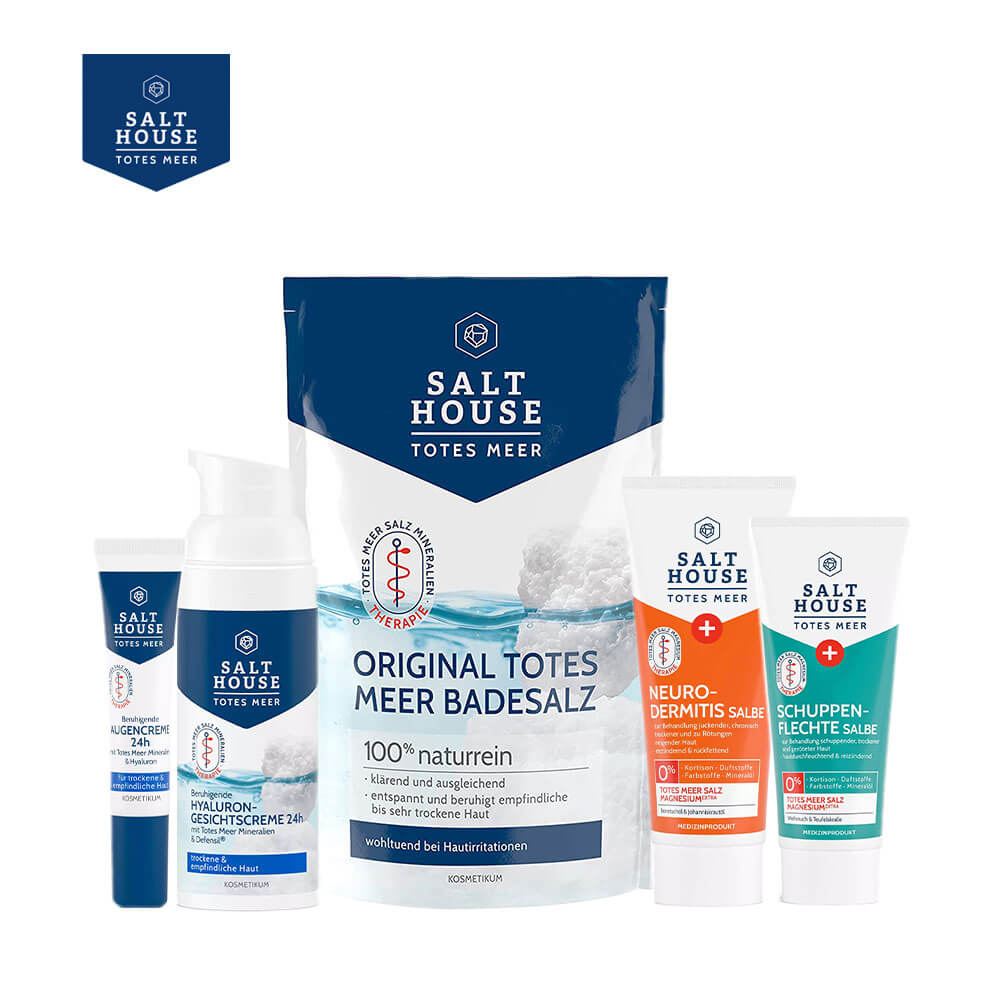
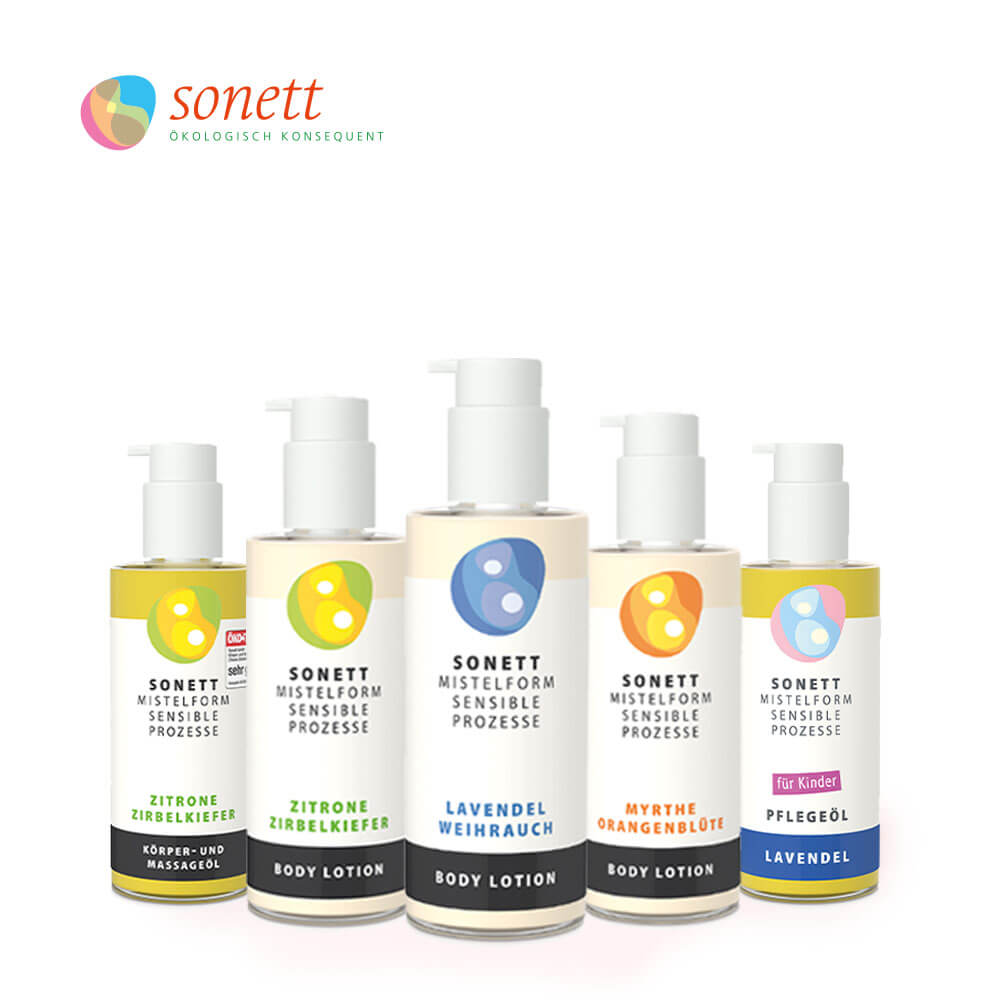


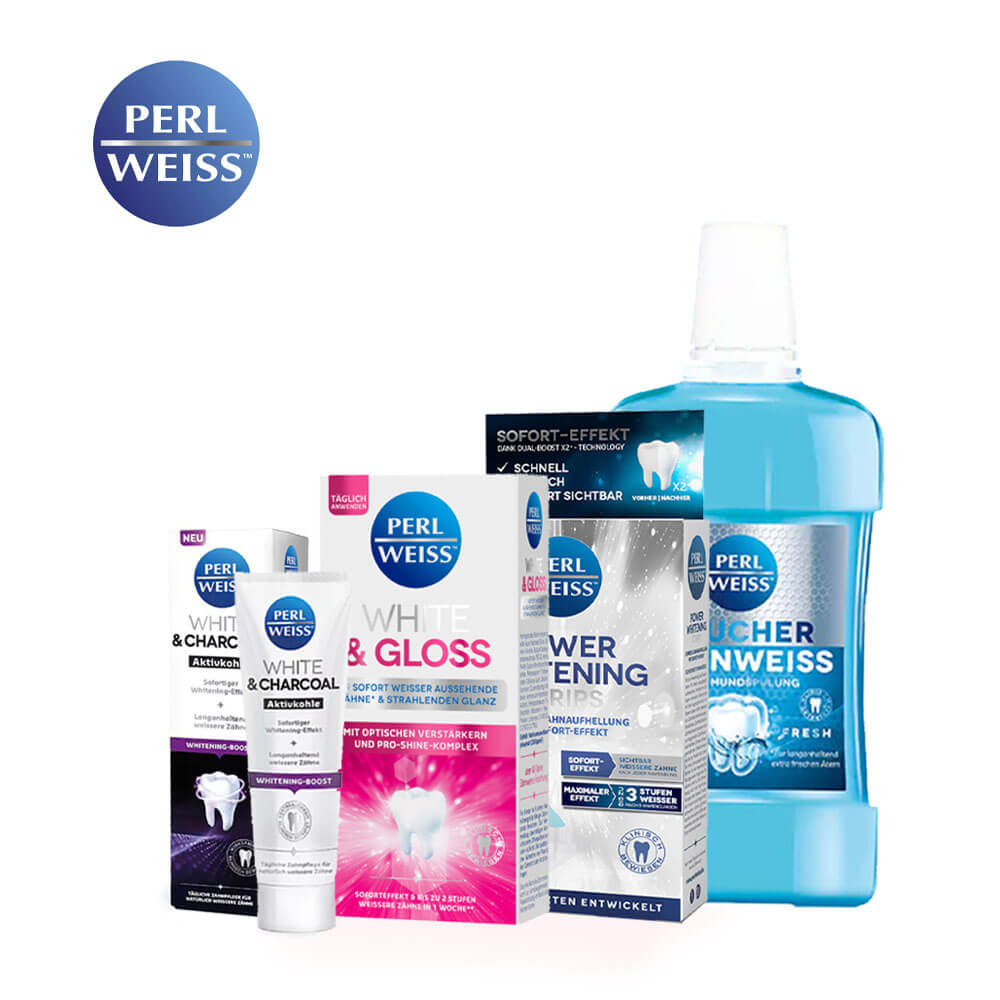

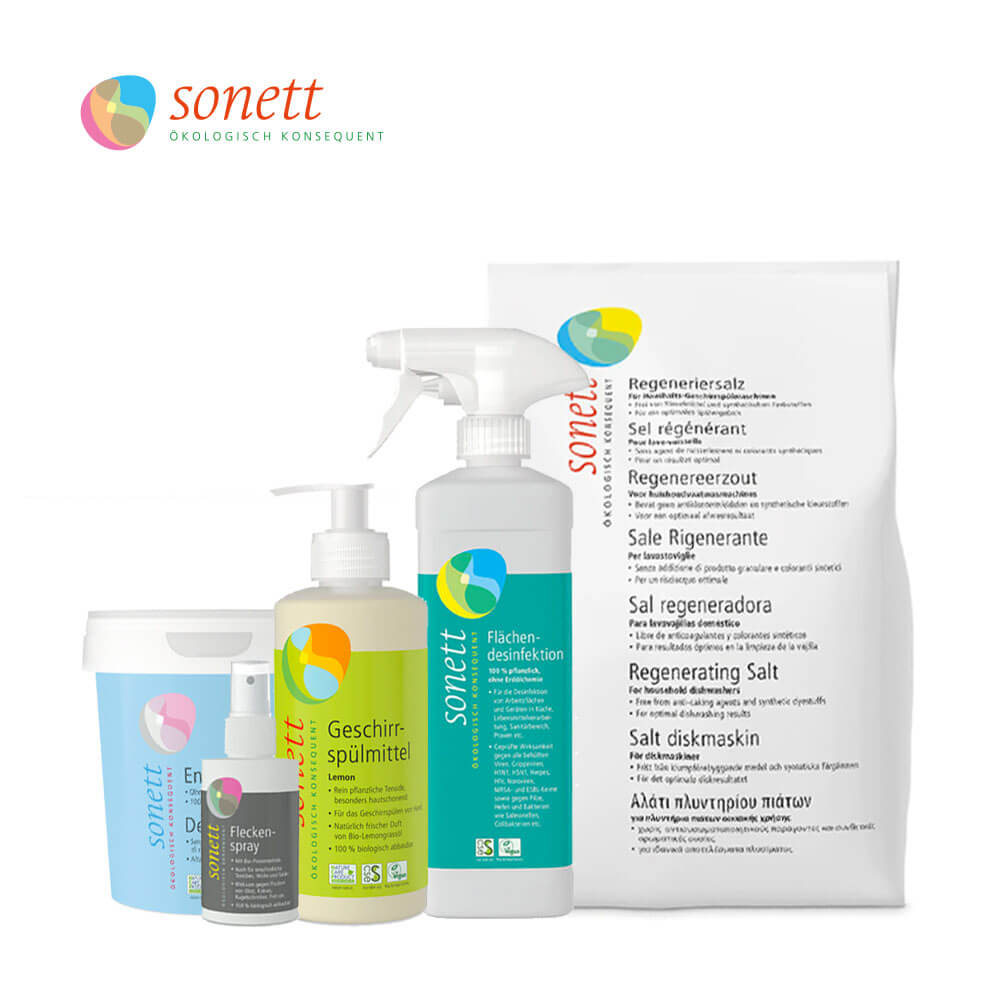
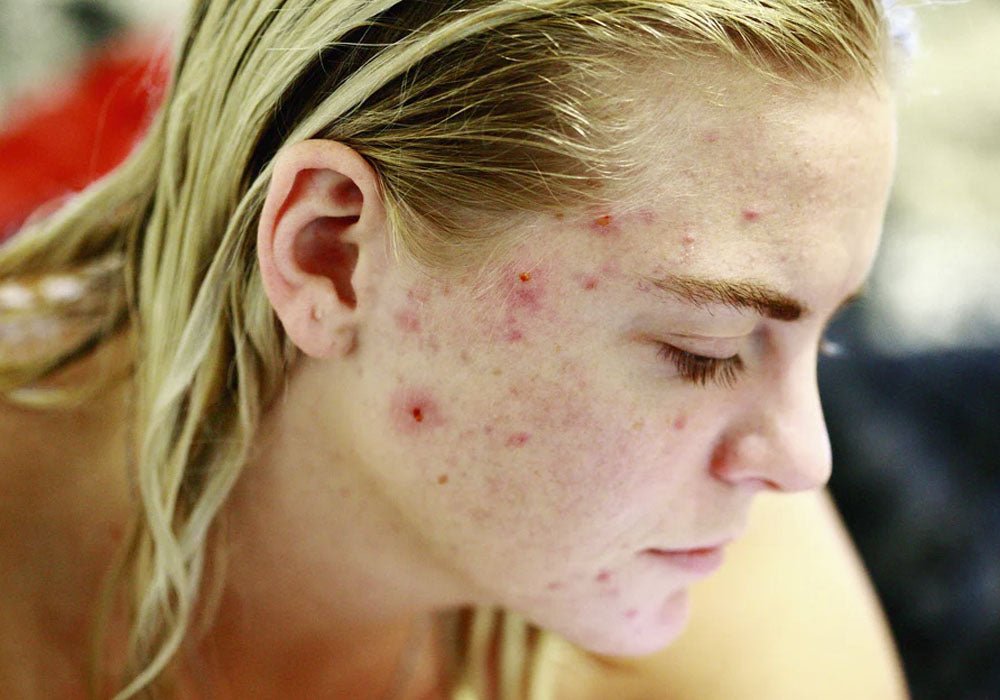

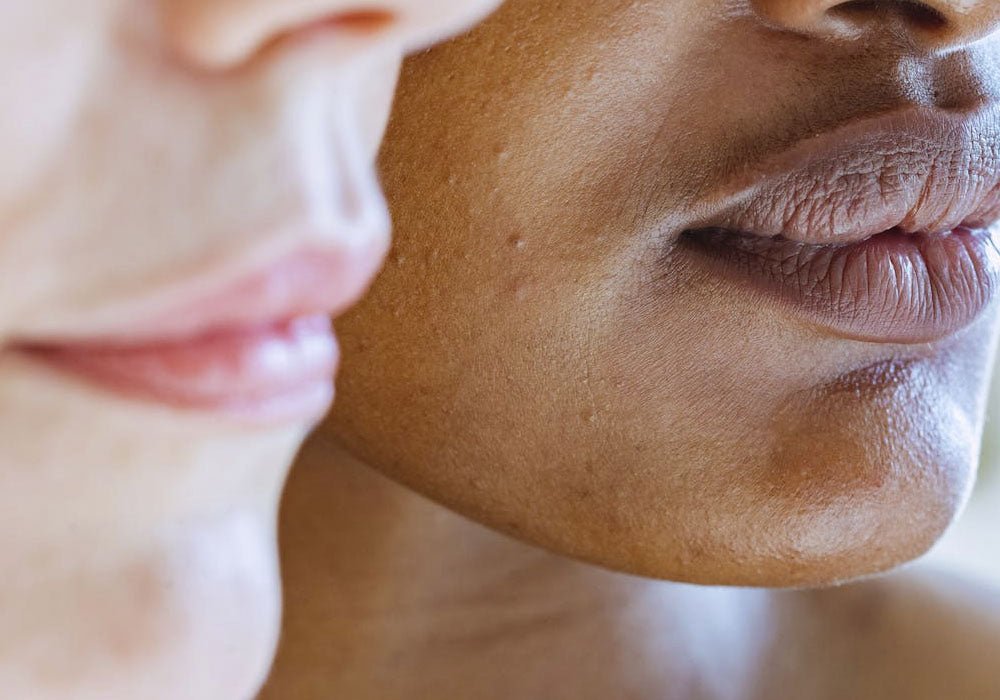
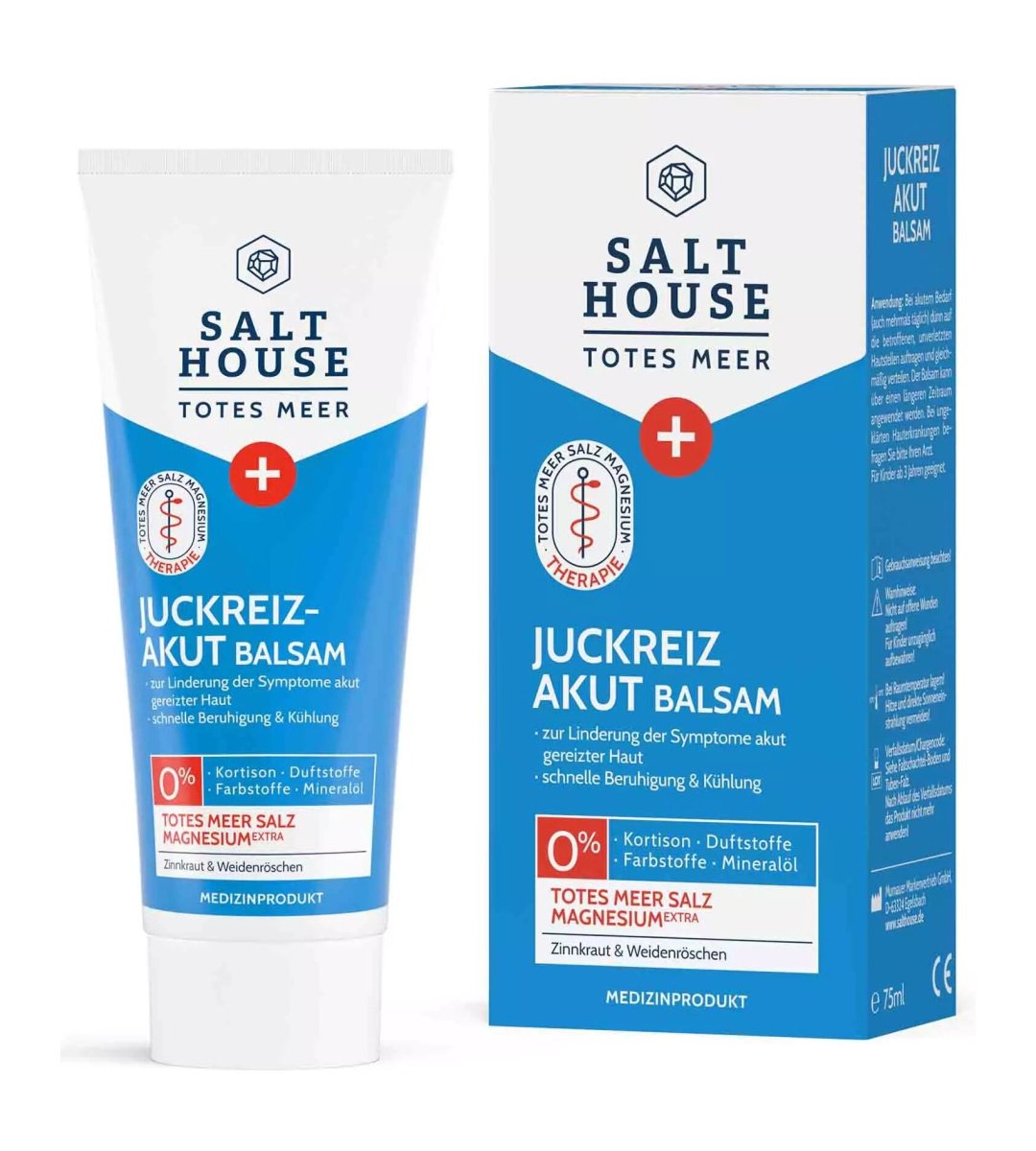
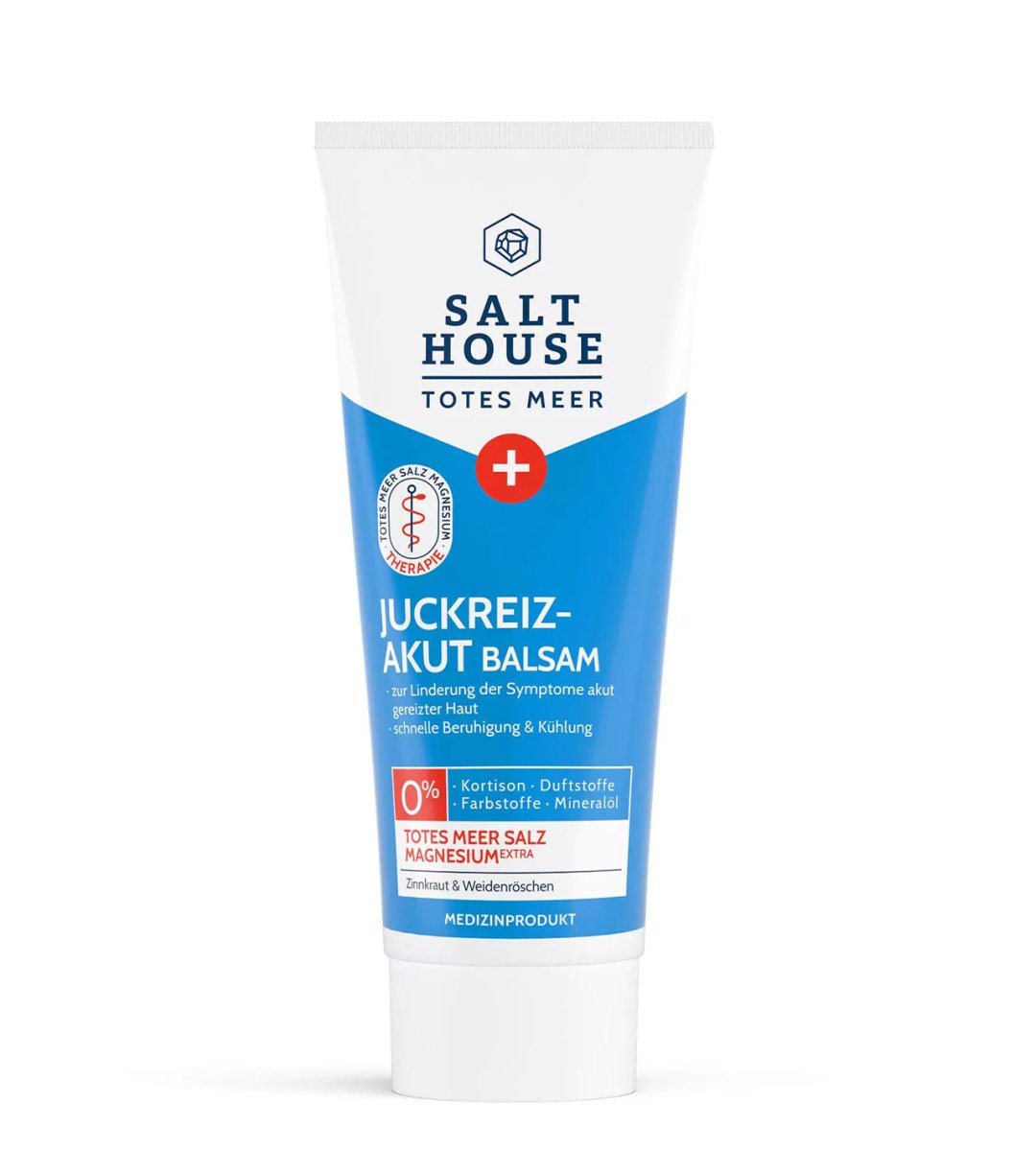
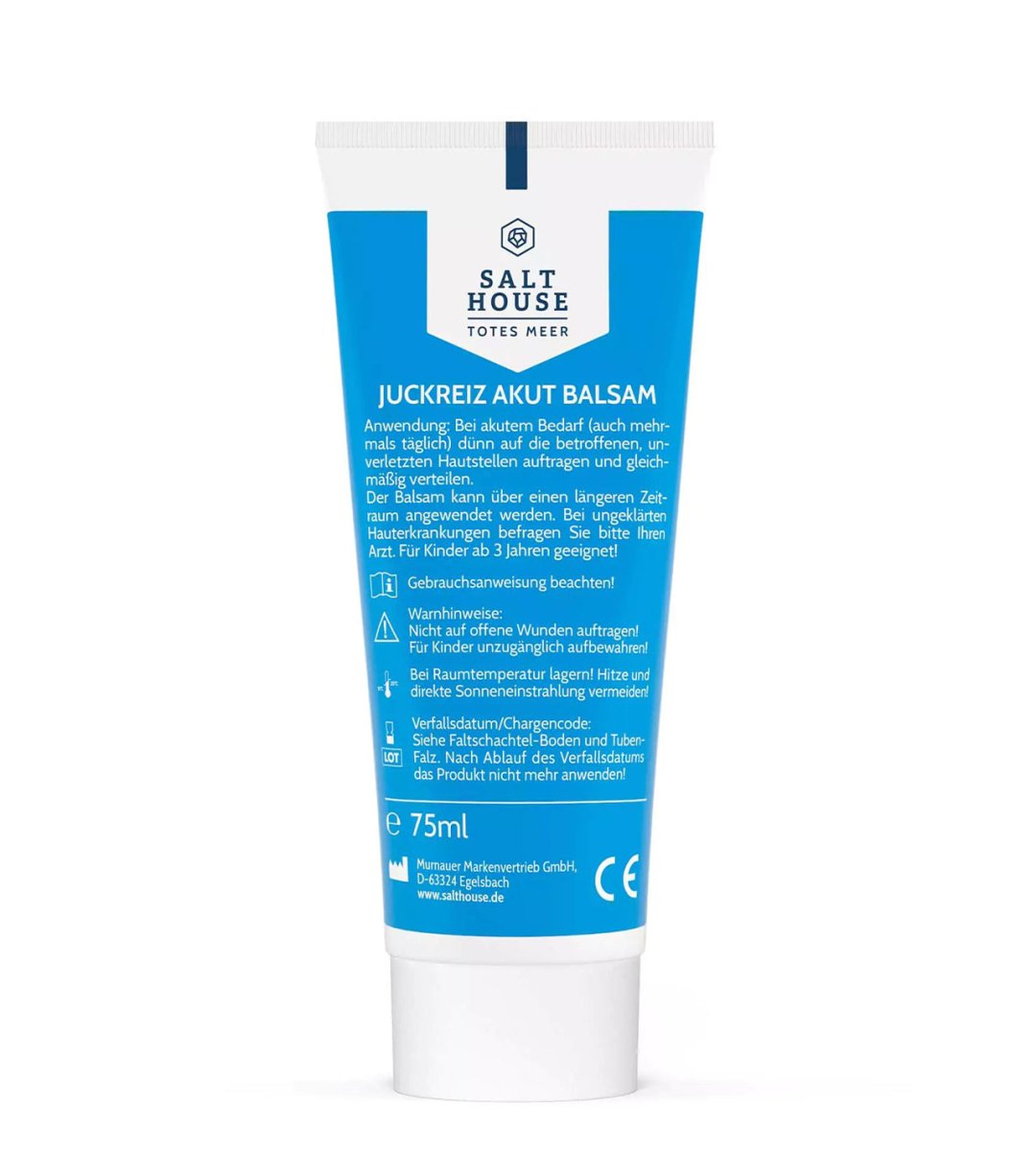
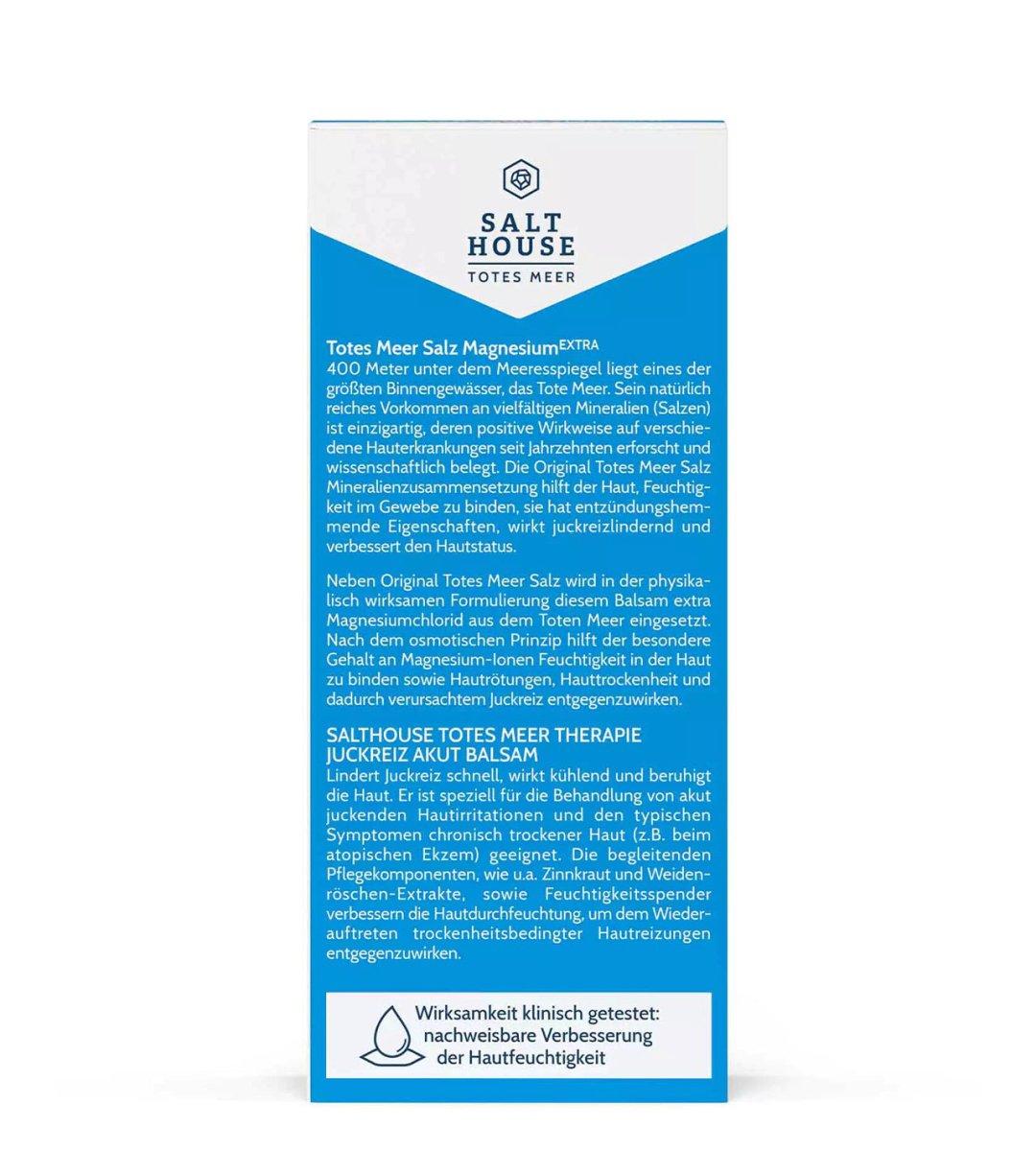
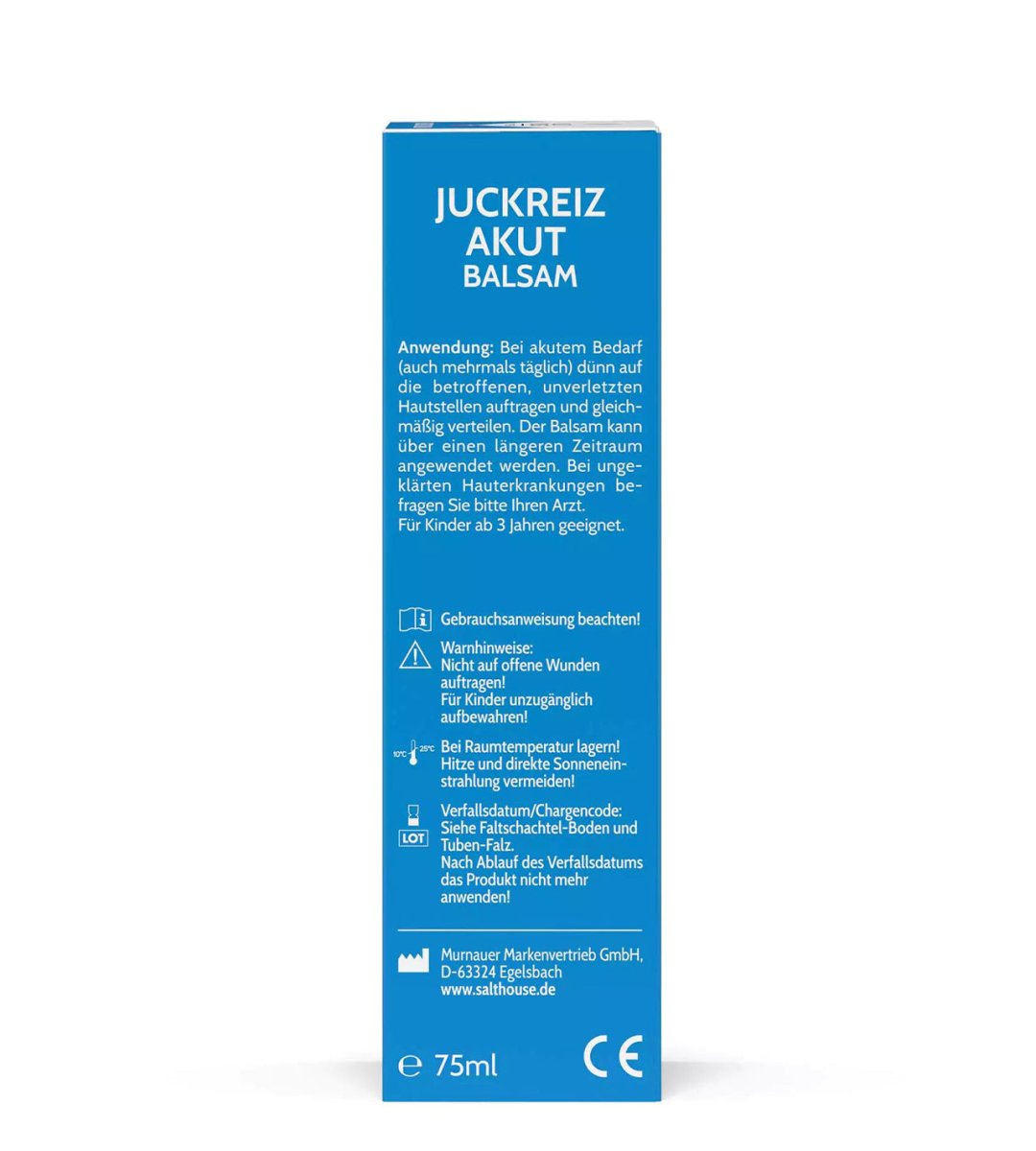
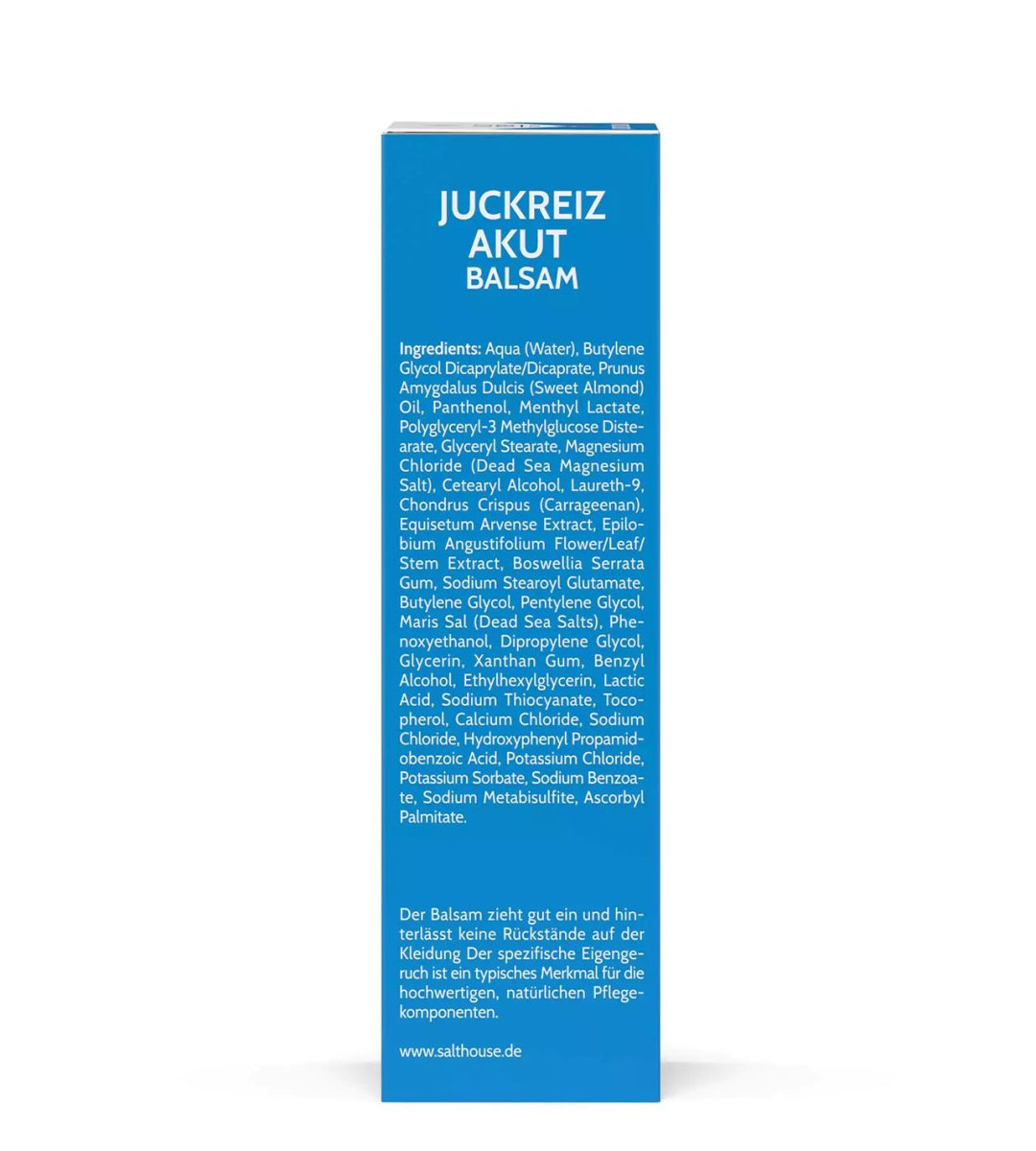
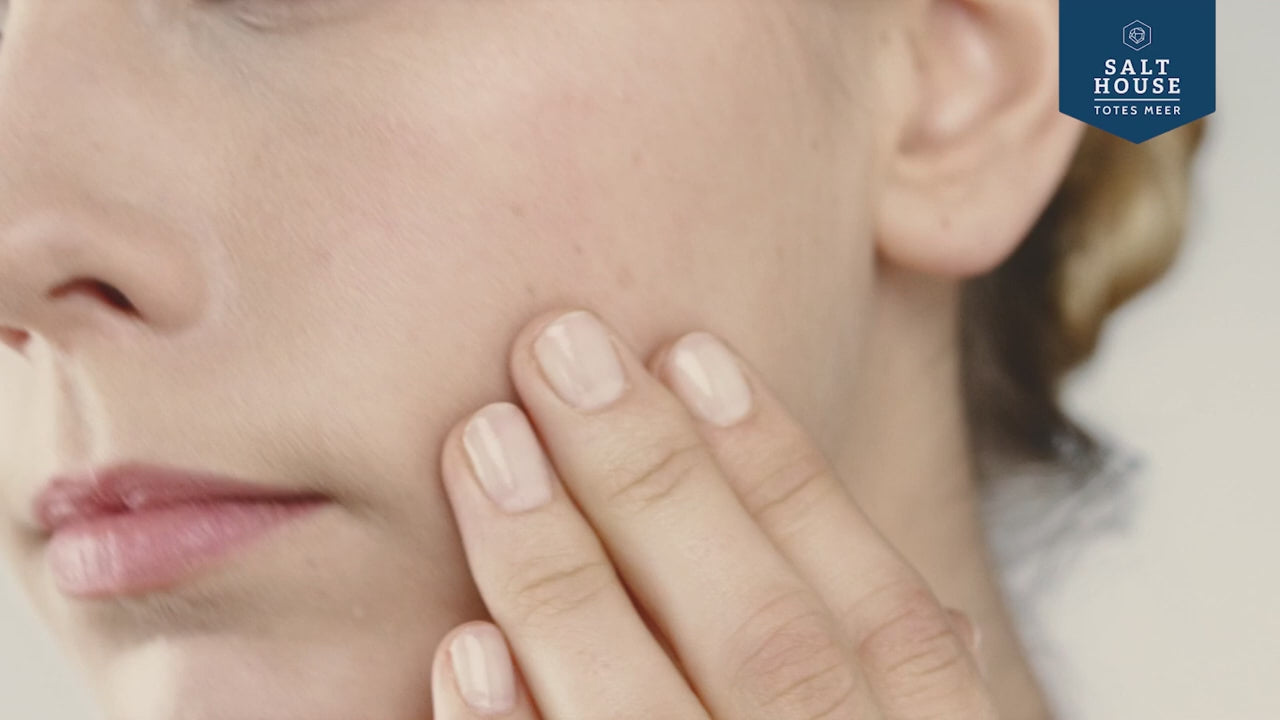
Leave a comment
All comments are moderated before being published.
This site is protected by hCaptcha and the hCaptcha Privacy Policy and Terms of Service apply.